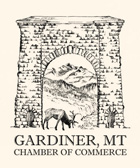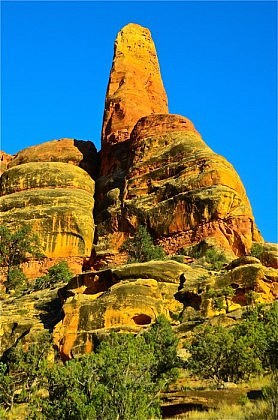Hypothermia is the lowering of the core body temperature below 98 degrees F (98.6 is considered “normal”). Feeling cold is the obvious first symptom, followed by shivering and then by a loss of coordination and eventually reductions in the victim’s “level of responsiveness”. When the shivering stops (unless it stops because the person has warmed up), that means the patient has declined into severe hypothermia and the situation is potentially life-threatening! There are various medical reasons why one’s body temperature might drop, but for our purposes as a wilderness backpacking guide/outfitting service, weather conditions and our response to them are primary. On our Yellowstone guided hiking tours, hypothermia is a serious concern because Yellowstone is known for sudden weather changes, including cold wet storms with rapid temperature drops.
Because we lead very few trips in true winter conditions, hypothermia situations such as that which Jack London depicted in “To Build A Fire” are not really relevant. It will not be 40 below zero on a Big Wild trip, and it is unlikely that any of our treks would be exposed to really extreme temperatures. Nonetheless, overnight lows occasionally fall into the single digits on a September Yellowstone backpacking trip, and even in New Mexico’s Gila Wilderness, an April morning in the teens is not unusual. Both of these examples typically occur at altitude, in clear dry weather with little wind on days that rapidly warm once the sun is up. Yet despite Jack London and despite Yellowstone’s cool climate, severe cold is not usually a big worry, so long as you stay dry. That’s because subfreezing temperatures are obvious and folks tend to bundle up. Yes, I’ve seen clients emerge from their tents in shorts and t-shirts on 30-degree mornings, but they usually self-correct rather quickly. So clear, cold, dry weather is not hypothermia weather. But wet weather is. Particularly when the temperatures are in the 30’s to 50’s! That’s when most backpackers get into trouble. Add wind to the equation, especially in exposed open country, and a blowing rainstorm at 45-degrees F. is a recipe for hypothermia. The next installment will summarize some simple ways to avoid it.



